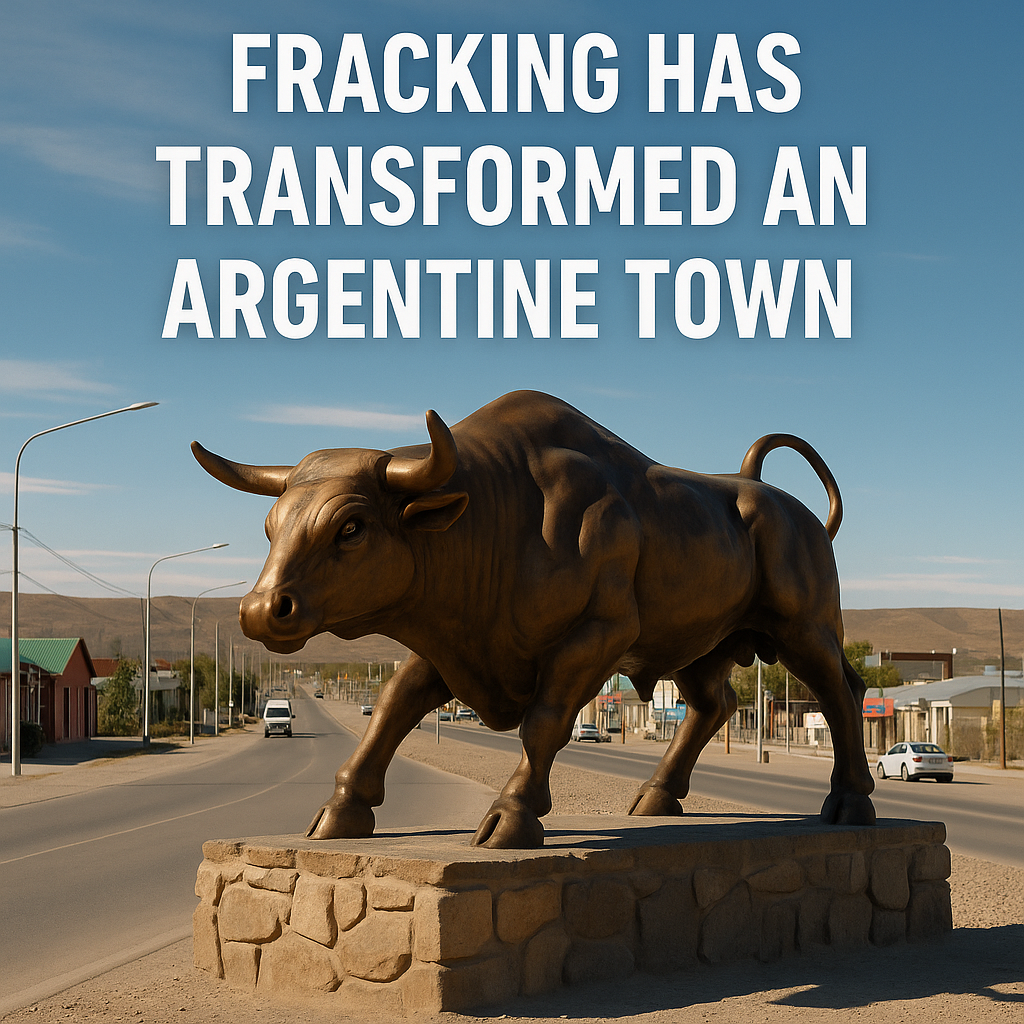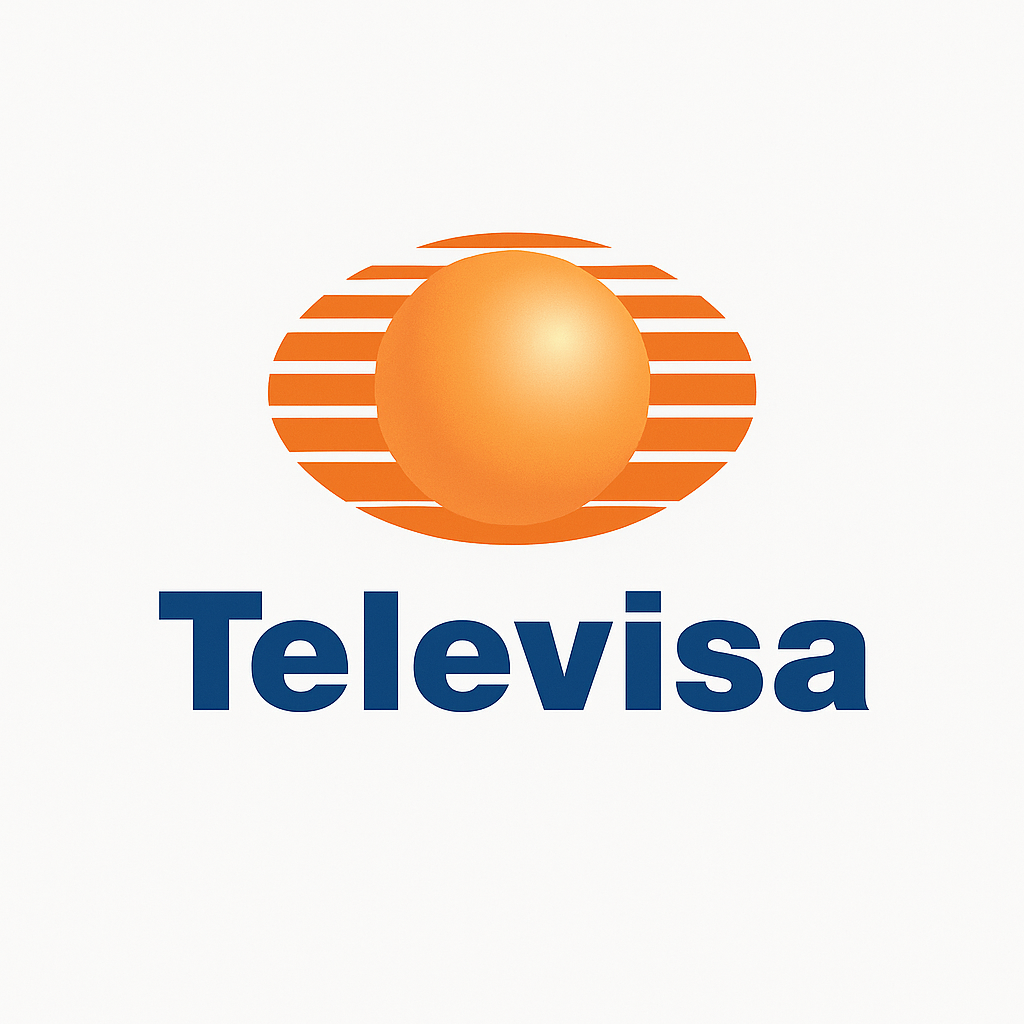Key Highlights
- The dirty soda trend, a mix of soda, cream, and syrup, is surging from local soda shops to mainstream brands.
- Major companies like PepsiCo are joining in, announcing a Dirty Mountain Dew flavor set for release.
- Fast-food chains, including Taco Bell and Sonic, are adding dirty soda options to their menus.
- The trend’s popularity exploded thanks to social media shout-outs from celebrities like Olivia Rodrigo.
- Originating in Utah, this non-alcoholic mocktail has become a cultural phenomenon across the United States.
Introduction
Have you heard about the latest craze sweeping the beverage industry? It’s called dirty soda, and it’s transforming how we think about our favorite carbonated drinks. What started in specialty soda shops has exploded in popularity, thanks in large part to social media. Now, this trend of mixing soda with cream and flavored syrups is going mainstream, with major brands and fast-food chains eager to offer their own unique twists on this customizable, indulgent treat.
The Dirty Soda Craze: What Is It and Why Is It Taking Over?
So, what exactly is a dirty soda? At its heart, it’s a simple but delicious concoction: a base soda “spiked” with cream and a shot of flavored syrup. Think of it as a creative, alcohol-free mocktail. The dirty soda trend allows you to customize your drink, turning a simple soda into a unique and indulgent experience.
The appeal is easy to understand. Popular bases like Mountain Dew, Dr. Pepper, or even root beer get a creamy, flavorful upgrade with additions like coconut syrup or vanilla. This move toward personalized beverages is catching on, which is why beverage companies are jumping on the dirty soda trend to meet the evolving preferences of consumers, especially the younger Gen Z audience.
From Niche Drink to Nationwide Trend
The dirty soda trend didn’t just appear overnight. Its journey began in Utah in 2010 with the opening of Swig, a drive-thru soda shop that became known as the “home of ‘dirty’ soda.” This is where the industry trend truly started, catering to a community looking for exciting, non-alcoholic drink alternatives.
What began in local soda shops quickly gained a passionate following. Initially popular in the mountain states region of the United States, the classic dirty soda formula of soda, cream, and syrup started to create a buzz. These specialty shops offered customers a creative way to enjoy their favorite carbonated soft drinks.
Soon, the secret was out. Thanks to the power of social media, this regional favorite was thrust into the national spotlight. The dirty soda trend went viral, and what was once a niche drink found in specialty soda shops is now available at national fast-food chains, making it accessible to everyone.
Core Ingredients and Flavor Twists at Fast-Food Giants
Curious about what goes into a dirty soda? The basic recipe is wonderfully simple and endlessly customizable. It all starts with a soda base, with Diet Coke and Dr. Pepper being popular choices. Then comes the “dirty” part: a splash of cream and a pump of flavored syrup.
As fast-food giants like Taco Bell embrace the trend, they’re putting their own spin on the classic formula. The impact on their beverage menus is clear, with new, exciting options designed to attract customers looking for that unique cream flavor.
The core ingredients typically include:
- A base soda, such as Diet Coke or Mountain Dew.
- A creamy element, like half-and-half or coconut cream.
- A flavored syrup, such as vanilla syrup or fruity options.
- A garnish, often fresh lime juice or a lime wedge.
Tracing the Rise: How Dirty Soda Moved From Local Fad to National Spotlight
The concept of customizing sodas isn’t entirely new, with its roots going back to the soda fountains of the early 20th century. However, the modern dirty soda phenomenon took off in Utah-based dirty soda shops. These shops revived the idea of personalized drinks, offering a fun alternative to coffee and alcohol.
This local fad caught the attention of a much wider audience, thanks to viral social media moments and even features on a reality TV show. Seeing this surge in popularity, major beverage companies realized this wasn’t just a fleeting interest but a reflection of changing consumer tastes, prompting them to get involved. The next sections will explore how social media and its early origins fueled this rise.
Social Media’s Influence and Viral Dirty Soda Moments
Social media was the rocket fuel for the dirty soda trend. A pivotal moment came in December 2021 when singer Olivia Rodrigo posted a picture of herself with a Swig cup on Instagram. This single post introduced the concept to millions of her followers, sparking immense curiosity and making dirty soda go viral.
Following this, TikTok became a major platform driving its popularity. The hashtag #dirtysoda had hundreds of thousands of videos by April 2022, with users sharing their own recipes and reviews. Even publications like The New York Times covered the trend, solidifying its place in the national conversation.
The beverage industry took notice of this powerful online buzz. PepsiCo, for instance, plans to showcase its new Dirty Mountain Dew at the National Association of Convenience Stores trade show. This demonstrates a strategic move to capitalize on a trend that has proven its staying power and is expected to grow even bigger next year.
Origins and Early Adopters in the United States
While the current craze feels modern, the idea of mixing custom drinks dates back to the early 20th century. During that time, soda jerks worked at soda fountains, skillfully combining carbonated water with various flavored syrups to create personalized beverages for customers. This historical practice laid the groundwork for today’s customized drink culture.
The modern dirty soda trend, however, has more recent origins tied to the Mormon community in Utah. As followers of the Word of Wisdom avoid hot caffeinated drinks and alcohol, soda became a popular treat. This culture was highlighted in the Hulu reality show The Secret Lives of Mormon Wives, where cast members referred to soda shops as their version of Starbucks.
The first official dirty soda shop, Swig, was founded in Utah in 2010. This sparked the commercialization of the trend and led to the rise of other soda shops.
| Key Milestone | Year | Description |
|---|---|---|
| Swig Founded | 2010 | The first official dirty soda shop, Swig, opens in St. George, Utah. |
| “Dirty Soda” Trademarked | 2013 | Swig’s founder, Nicole Tanner, trademarks the term “dirty soda.” |
| Legal Battle | 2015-2017 | A lawsuit occurs between Swig and competitor Sodalicious over the trademark. |
| National Expansion | 2020s | The trend expands nationally, moving beyond its Utah origins. |
Major Players: How PepsiCo, Taco Bell, and Others Embraced Dirty Soda
The rise of dirty soda has not gone unnoticed by major beverage companies. Giants like PepsiCo and popular fast-food chains such as Taco Bell are strategically moving to incorporate this trend into their product lines. They see it as a way to connect with younger consumers and innovate within the non-alcoholic beverage space.
This adoption by big brands is a clear sign that dirty soda is more than a fad. By launching new products and menu items, these companies are making the trend more accessible to a national audience, ensuring its continued growth. Let’s look at how Mountain Dew and other chains are getting in on the action.
Mountain Dew Innovations and Exclusive Collaborations
Mountain Dew, a brand known for pushing boundaries with its flavors, is a natural fit for the dirty soda craze. Parent company PepsiCo has announced it will go deeper into the trend with Dirty Mountain Dew Cream Soda, set to release in early 2026. This new flavor, also known as Dirty Dew, promises the classic citrus kick of Mountain Dew with a smooth, indulgent cream flavor twist.
This move is a direct response to the popularity of dirty soda. Mark Kirkham, chief marketing officer for PepsiCo Beverages North America, stated that Dirty Mountain Dew “takes the dirty soda trend to a whole new level.” The brand aims to leverage this innovation to engage its fans and turn the flavor into another cultural phenomenon.
This isn’t the first time the brand has experimented with creamy flavors. The upcoming Dirty Mountain Dew follows the release of Pepsi Wild Cherry & Cream. These innovations, sometimes available through exclusive collaborations or at specific chains like Taco Bell, show how new flavors are directly related to the booming dirty soda craze.
Fast-Food Chains and the Expansion of Dirty Soda on Menus
The dirty soda trend has officially landed on the menus of your favorite fast-food chains. Taco Bell, Sonic, and Jack in the Box are just a few of the national brands now offering their own versions of these customizable drinks. This expansion has made dirty soda accessible to customers across the country, not just in areas with specialty soda shops.
Sonic, for example, now allows customers to make any soda on their menu “dirty” by adding coconut cream and lime. PepsiCo is also innovating with a root beer float-inspired drink called Mug Floats Vanilla Howler. This drink blurs the line between a classic ice cream float and a modern dirty soda.
The trend’s impact on beverage menus is significant, with chains offering creative combinations to attract customers. Some popular fast-food adaptations include:
- Adding sweet cream and syrups to classic sodas.
- Offering dirty soda-style customization for any drink.
- Creating new beverages like a Pepsi Wild Cherry & Cream soda.
- Introducing root beer flavors that mimic an ice cream float.
Conclusion
In conclusion, the dirty soda trend has transformed from a quirky local favorite to a national sensation, showcasing the power of creativity in beverage offerings. Major players like PepsiCo and Taco Bell have embraced this trend, driving innovation and unique flavor combinations that cater to a diverse audience. The influence of social media cannot be overlooked, as it has played a significant role in popularizing these sugary concoctions. As you explore the world of dirty sodas, consider trying some of these exciting flavor twists for yourself. Dive into this fizzy phenomenon and discover what makes these beverages so irresistible!




